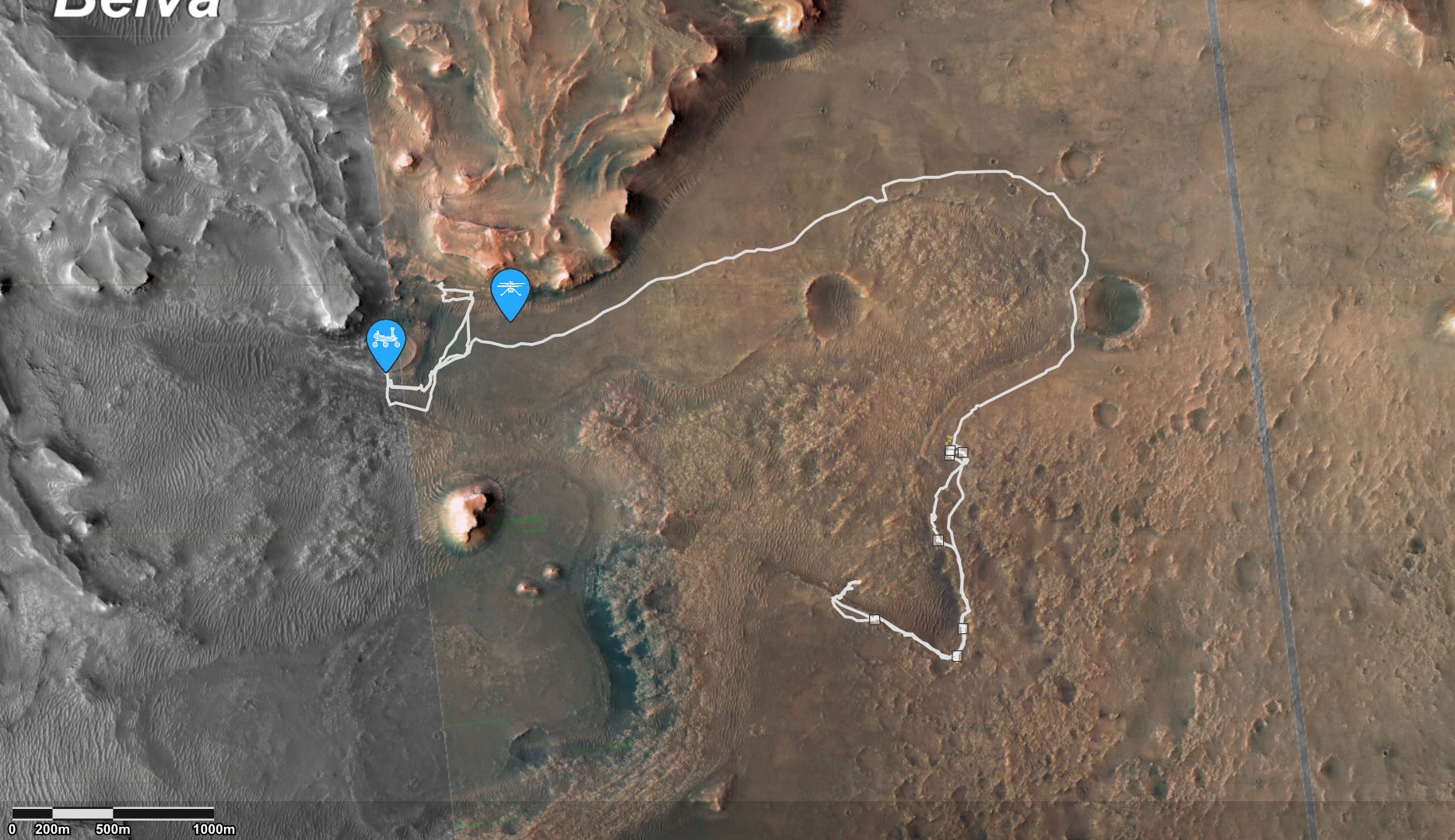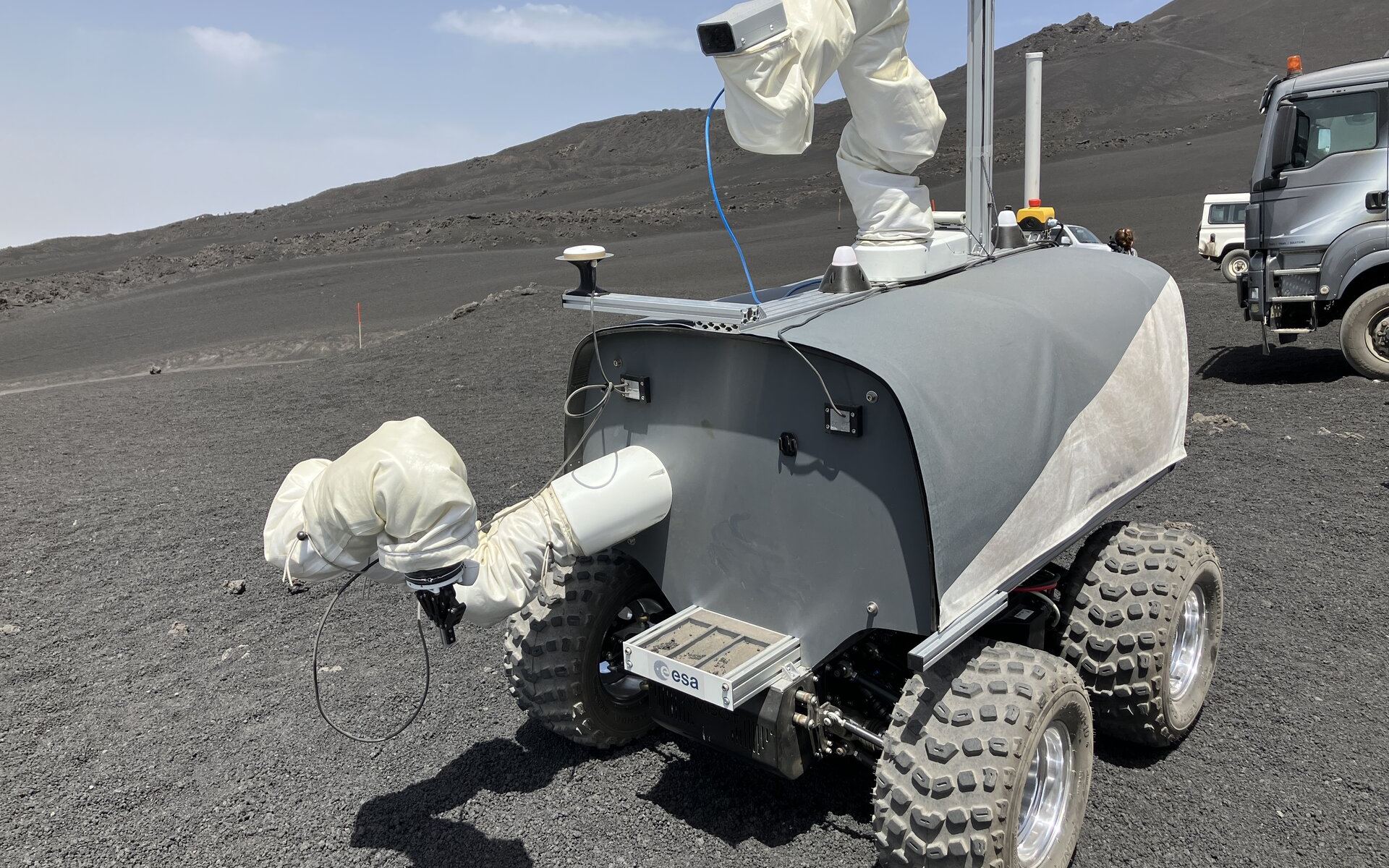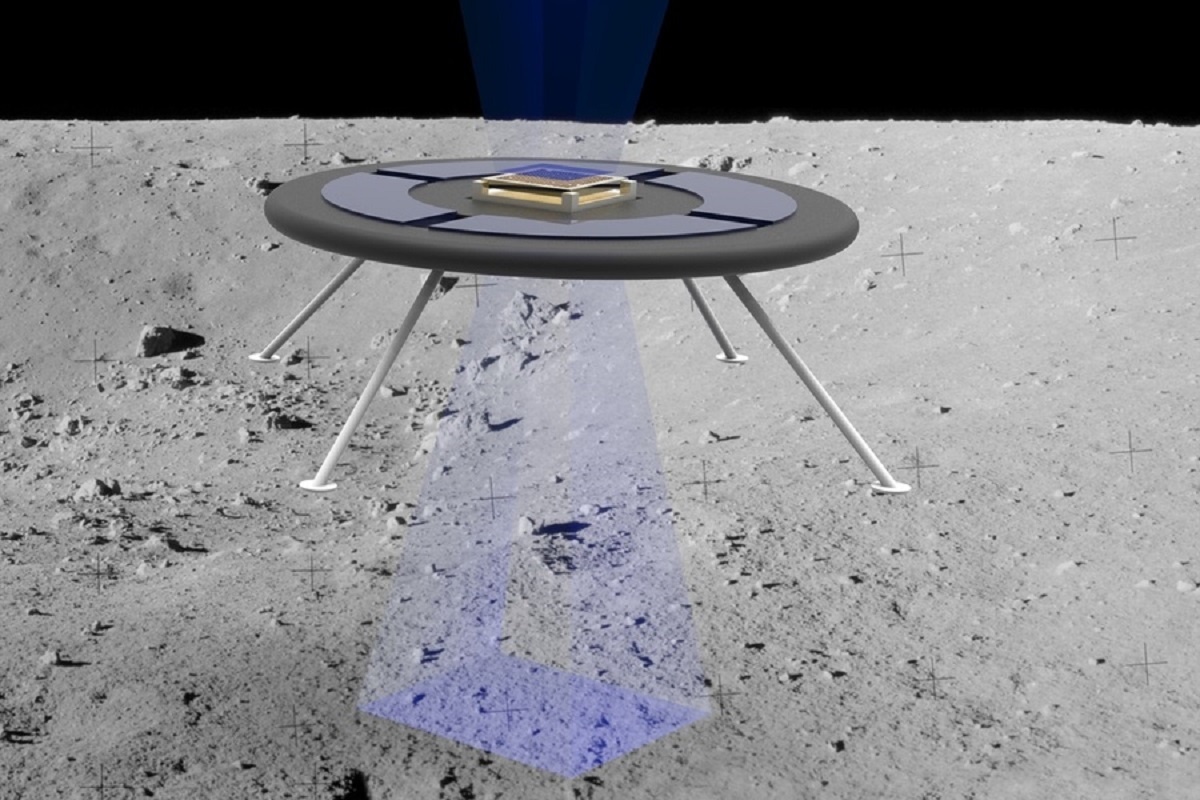Germany’s DLR has been hosting a series of robotic teleoperation experiments where an astronaut abroad the ISS controls a robot back on the ground. We’ve previously reported on some of their successes. Now it’s time for the next round of experiments, with one individual astronaut on the ISS controlling four separate robots to perform a task back on Earth.
Continue reading “An Astronaut Will Be Controlling Several Robots on Earth… from Space”NASA Tests a Robotic Snake That Could Explore Other Worlds

Rovers have enabled some amazing explorations of other worlds like the Moon and Mars. However, rovers are limited by the terrain they can reach. To explore inaccessible terrain, NASA is testing a versatile snake-like robot that could crawl up steep slopes, slither across ice, and even slide into lava tubes. Called Exobiology Extant Life Surveyor (or EELS), this robot could cross different terrains and create a 3D map of its surrounding to autonomously pick its course, avoiding hazards to reach its destination.
Continue reading “NASA Tests a Robotic Snake That Could Explore Other Worlds”Astronauts Could Mix and Match Parts to Make the Perfect Robot for Any Job
Building with Legos is a favored pastime for many small children and adults. We’ve even covered some more space-oriented Lego sets here at UT. But, as the Lego movie points out, they constitute “a highly sophisticated interlocking brick system.” So why not take the idea underpinning Legos – that you can make anything you want out of a set of generic pieces and apply it to a much more serious scientific topic…like robots.
Continue reading “Astronauts Could Mix and Match Parts to Make the Perfect Robot for Any Job”An Earthworm Robot Could Help Us Explore Other Worlds
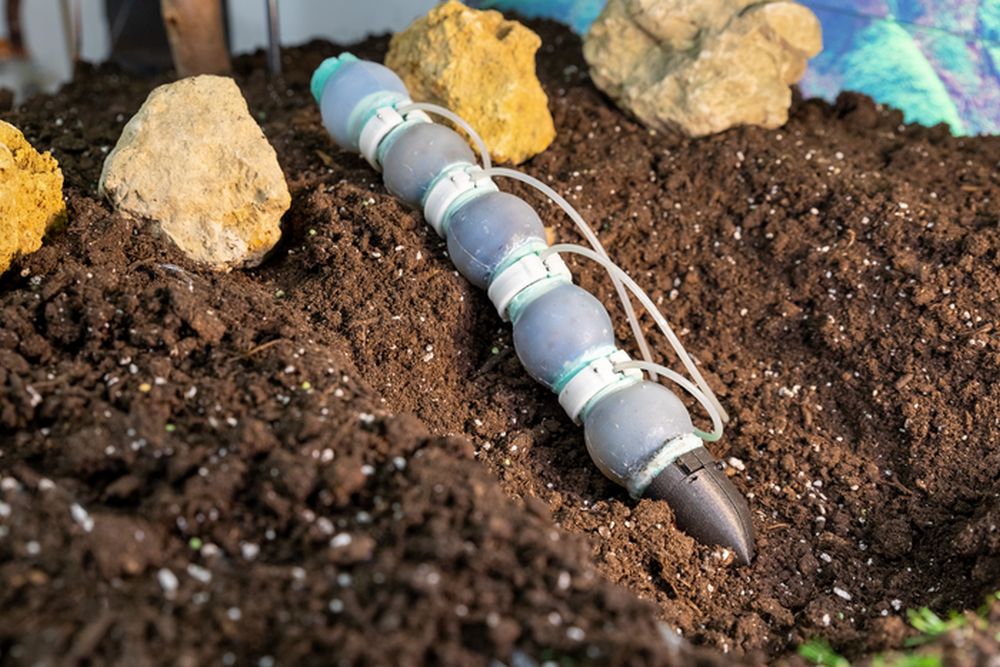
Evolution is a problem-solver, and one of the problems it solved in many different ways is locomotion. Birds fly. Fish swim. Animals walk.
But earthworms found another way to move around the niche they occupy. Can we copy them to explore other worlds?
Continue reading “An Earthworm Robot Could Help Us Explore Other Worlds”When Should Robots Take Risks Exploring Other Worlds?
On May 1st, 2009, after five years on the Martian surface, the Spirit rover got stuck in a patch of soft sand (where it would remain for the rest of its mission). On February 13th, 2019, NASA officials declared that Spirit’s sister – the Opportunity rover – had concluded its mission after a planetary dust storm forced it into hibernation mode about seven months prior. And in March 2017, the Curiosity rover’s wheels showed signs of their first break, thanks to years of traveling over rough terrain. Such are the risks of sending rover missions to other planets in search of discoveries that can lead to scientific breakthroughs.
But what constitutes an acceptable risk for a robotic mission, and when are mission controllers justified in taking them? As it turns out, a pair of researchers from the Robotics Institute‘s School of Computer Science at Carnegie Mellon University (CMU) in Pittsburgh have developed a new approach for weighing the risks against the scientific value of sending planetary rovers into dangerous situations. The researchers are now working with NASA to implement their approach for future robotic missions to the Moon, Mars, and other potentially-hazardous environments in the Solar System.
Continue reading “When Should Robots Take Risks Exploring Other Worlds?”Robots Might Jump Around to Explore the Moon
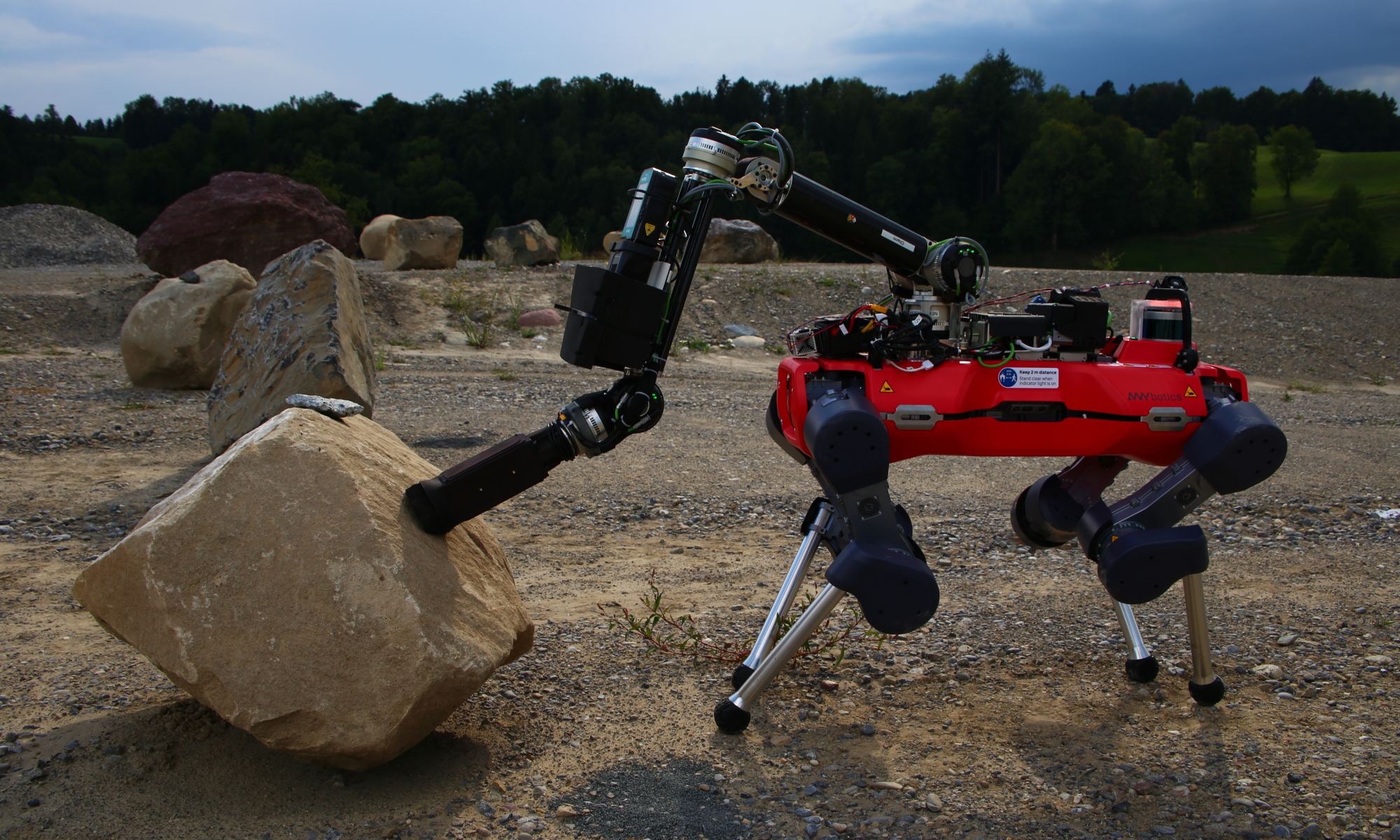
How great are wheels, really? Wheels need axles. Suspension. Power of some kind. And roads, or at least swaths of relatively flat and stable terrain. Then you need to maintain all of it. Because of their cost many civilizations across human history, who knew all about wheels and axles, didn’t bother using them for transportation. Another way to look at it – much of human technology mimics nature. Of the simple machines, levers, inclined planes, wedges, and even screws are observed in nature. Why not the wheel?
Continue reading “Robots Might Jump Around to Explore the Moon”An Astronaut Controlled a Rover as it Collected Samples on Mt Etna. In the Future, it’ll be on the Moon
Lunar exploration has been gaining more and more traction from various sources recently. Every step forward is another towards potentially having a permanent human presence on another solar system body. ESA took another step recently with the completion of its Analog-1 robotics test, which took place successfully on the slopes of Mt Etna earlier this month.
Continue reading “An Astronaut Controlled a Rover as it Collected Samples on Mt Etna. In the Future, it’ll be on the Moon”We’ll be Building Self-Replicating Probes to Explore the Milky Way Sooner Than you Think. Why Haven’t ETIs?

The future can arrive in sudden bursts. What seems a long way off can suddenly jump into view, especially when technology is involved. That might be true of self-replicating machines. Will we combine 3D printing with in-situ resource utilization to build self-replicating space probes?
One aerospace engineer with expertise in space robotics thinks it could happen sooner rather than later. And that has implications for SETI.
Continue reading “We’ll be Building Self-Replicating Probes to Explore the Milky Way Sooner Than you Think. Why Haven’t ETIs?”The Surface of the Moon is Electrically Charged, Which Could Allow a Hovering Robot to Explore it
Let’s not sugarcoat it. Exploring the Moon is not for the faint of heart! It’s an airless body, which means there is no atmosphere, the surface temperatures are extreme, and there’s lots of radiation. The low gravity also means you can never really walk on the surface and have to bounce around in a bulky spacesuit until you fall over. And you can bet your bottom dollar people will make a supercut of the footage someday (see below). Then there’s that awful moondust (aka. lunar regolith), which is electrostatically charged and sticks to EVERYTHING!
Looking to take advantage of this, researchers from the Massachusetts Institute of Technology (MIT) began testing a new concept for a hovering rover that harnesses the Moon’s natural charge to levitate across the surface. On the Moon, this surface charge is strong enough to levitate moon dust more than 1 meter (3.3 ft) above the surface. With support from NASA, this research could lead to a new type of robotic exploration vehicle that will help astronauts explore the Moon in the coming years.
Continue reading “The Surface of the Moon is Electrically Charged, Which Could Allow a Hovering Robot to Explore it”Dozens of Robots Competed to Race Through Underground Caves
America’s Defense Advanced Research Projects Agency (DARPA) is well known for its challenges. It held a series of autonomous driving competitions back in the early 2000s that directly led to today’s self-driving cars. Now that Grand Challenge has evolved into a new one – the Subterranean (SubT) challenge, which took place last week. This new one also happens to be directly applicable to technologies that would be useful in space exploration.
Continue reading “Dozens of Robots Competed to Race Through Underground Caves”


